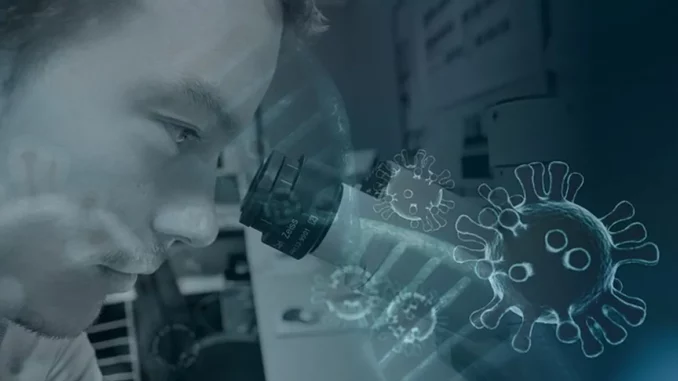
Summary
DNA Storage: Revolutionary Data Solution Poised to Transform Technology Landscape
In a pivotal leap for data storage, DNA technology emerges as a promising alternative to silicon-based systems, offering unprecedented density, longevity, and energy efficiency. Dr. Emily Rhodes, a leading expert at the Institute of Advanced Data Sciences, reveals how DNA’s molecular structure could redefine information preservation, with the potential to manage global data demands sustainably.
Main Article
The relentless pursuit of more efficient and sustainable data storage solutions has led researchers to explore DNA storage—a technological frontier poised to revolutionise the way we preserve information. Dr. Emily Rhodes, a prominent researcher in molecular storage technologies, provides insight into this groundbreaking field, highlighting DNA’s unique advantages over traditional silicon-based systems.
Cutting-edge Storage Density and Longevity
Central to the allure of DNA storage is its exceptional storage density and longevity. “DNA is the blueprint of life, and its compact structure allows us to store vast amounts of data in a remarkably small volume,” Dr. Rhodes explains. Unlike silicon-based devices that degrade over time, DNA remains stable for millennia under optimal conditions. This enduring stability could significantly extend the lifespan of stored data, transforming archival systems and long-term preservation strategies.
The Encoding Process: A Molecular Parallel
Dr. Rhodes elaborates on the intricate process of encoding data into DNA, employing a method known as epigenetic modification. This involves chemically altering specific nucleotides on DNA strands to represent binary data, akin to digital switches. “We use a combination of computer-aided design and laboratory techniques to create DNA bricks and templates,” she says. These bricks are short DNA sequences arranged in myriad configurations to encode information, ensuring data integrity through meticulous design to avoid structural mismatches.
Energy Efficiency and Verification Techniques
A standout feature of DNA storage is its energy efficiency. Traditional data centres require vast amounts of electricity for maintenance and cooling, whereas DNA storage needs energy only during reading and writing phases. “With DNA, energy demands are significantly reduced,” Dr. Rhodes notes. To verify data accuracy, fluorescence assays and gel electrophoresis are used. “We label DNA strands with fluorescent markers and observe emissions under specific conditions,” she explains, a process that confirms the presence or absence of modifications and ensures data integrity.
Scalability and Future Applications
Addressing scalability, Dr. Rhodes acknowledges the challenge of managing larger datasets as global data production soars. “Our current challenge is to refine processes to handle larger volumes of data efficiently,” she states. High-throughput methods involving barcoding and sequencing are under development to enhance scalability. The potential applications of DNA storage are vast, from preserving historical archives to securing the longevity of today’s digital information. “Imagine being able to store the entire contents of the internet in a shoebox,” Dr. Rhodes envisions, underscoring the transformative potential of DNA storage.
Despite its promise, DNA storage faces challenges, primarily the high cost of synthesising and sequencing DNA. However, as the technology evolves, cost reductions are anticipated, similar to trends observed with the Human Genome Project.
Detailed Analysis
Broader Implications in Data Management
The implications of DNA storage extend beyond mere capacity and efficiency. As global data production continues to grow exponentially, traditional storage systems struggle to keep pace. DNA storage offers a radical shift, utilising the innate properties of biological molecules to address these challenges. This approach aligns with broader trends in biotechnology and sustainable development, highlighting the convergence of biological processes with technological innovation to meet contemporary data demands.
Economic and Environmental Considerations
The energy efficiency of DNA storage also presents significant economic and environmental benefits. With data centres accounting for a substantial share of global energy consumption, transitioning to DNA-based systems could reduce operational costs and carbon footprints. As the cost of DNA synthesis and sequencing decreases, the economic viability of this technology will likely improve, positioning DNA storage as a cornerstone of sustainable data management solutions.
Further Development
The journey into DNA storage is in its nascent stages, with researchers like Dr. Rhodes spearheading exploration into its potential. As advancements continue, further developments in synthesis and sequencing technologies will be crucial. The Institute of Advanced Data Sciences plans to publish upcoming studies detailing breakthroughs in high-throughput DNA storage methods, promising to address current limitations and expand scalability.
Readers are encouraged to stay informed on this unfolding narrative, as DNA storage is poised to transform the data landscape, offering a sustainable, efficient, and durable medium for information preservation across generations.

